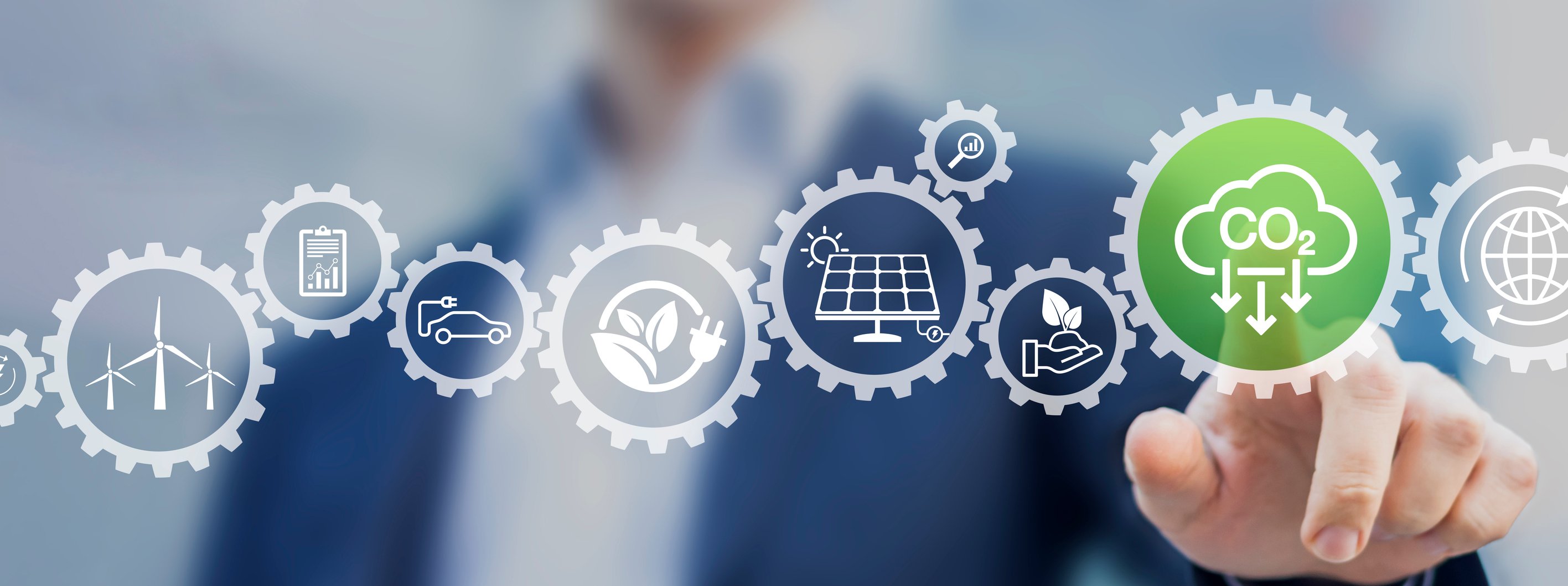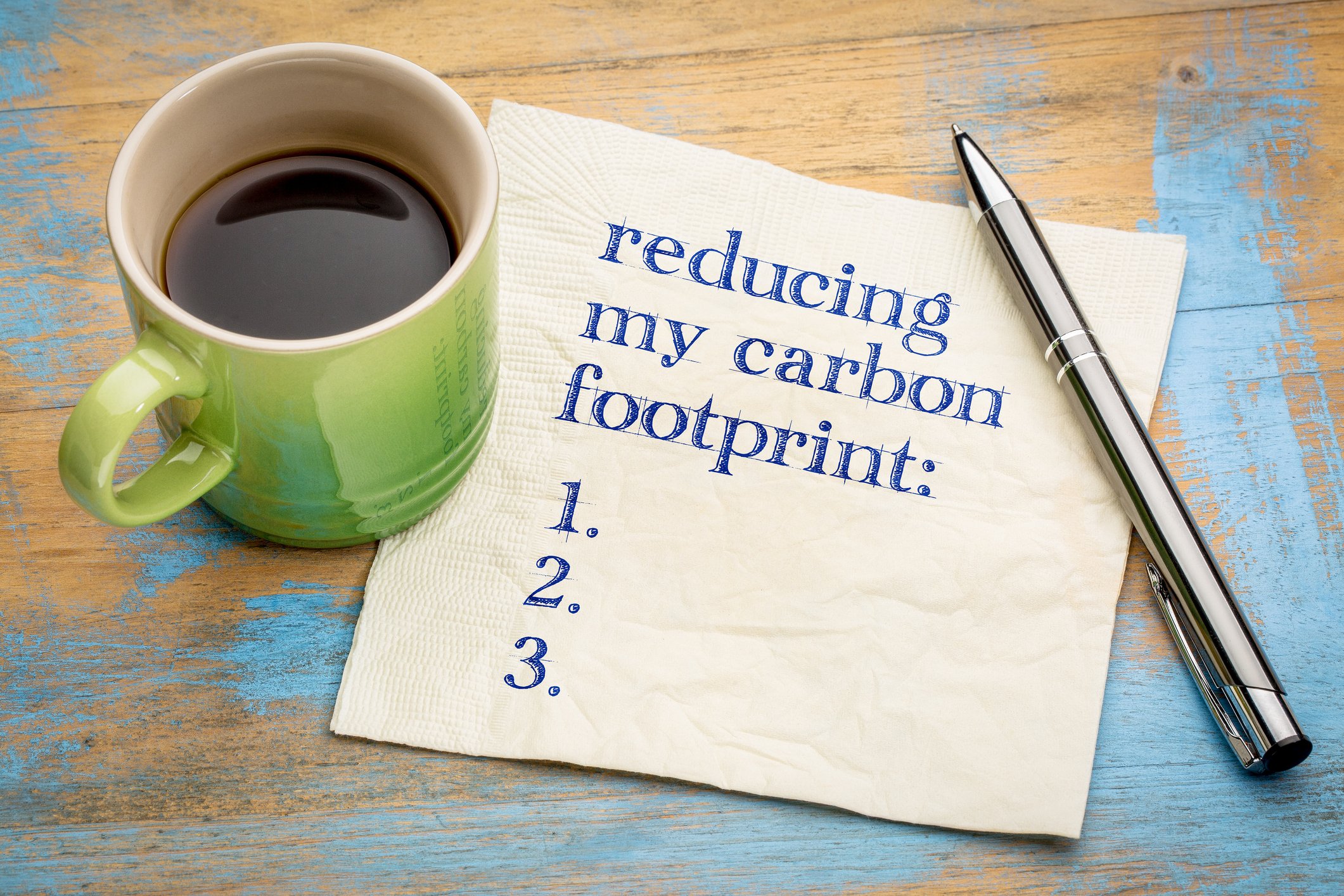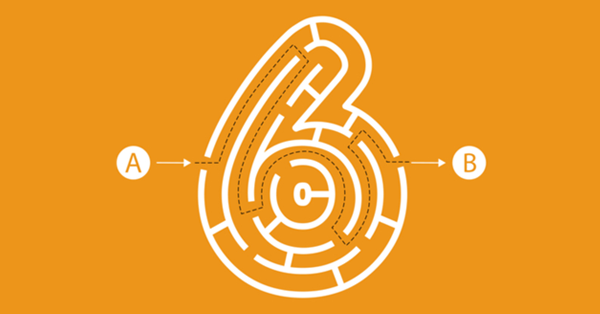As BKM Marketing continues with our commitment to sustainability and reducing our carbon footprint, it may help to take a step back and understand more about carbon, and why it’s good- and bad!
BKM’s Net Zero Now Sustainability Program:
- We help clients develop effective marketing programs with lower climate impact.
- We operate our firm at or below net-zero CO2 emissions via climate-friendly behavior and carbon offsets.
- We neutralize the carbon impact of client digital and print marketing programs we manage through forest replenishment and other offsets - at our own expense.
Undoubtedly, readers have been noticing a recurring theme in most of the sustainability-related content being consumed this month- carbon impact, carbon offsetting, carbon footprint, carbon emissions, carbon market, carbon sequestration, and the list goes on…
But what actually IS carbon, beyond the periodic table?
Carbon is an element essential to life on earth. It’s in our bodies, it’s in the air we breathe, the earth we walk on, and in the oceans we swim in. We emit carbon when we exhale, and plants breathe it in. It is an essential greenhouse gas that helps to sustain life on earth and keep our planet warm and inhabitable.
What’s happening now, is that we are emitting more carbon than the planet is able to reabsorb, and the earth is heating up. Polar ice caps are melting, sea levels are rising, habitats are being destroyed, and life on earth is being threatened. This is called climate change- and it is dangerous to our future.
It can be easy to lose track of the carbon impact we’re responsible for as marketers- after all, we’re not actively cutting down trees, or drilling for fossil fuels, or dumping toxic waste into waterways.
But, we are printing on paper made from trees.
We are shipping direct mail pieces to homes on behalf of our clients.
We do utilize resources from factories that create byproducts.
Aside from that, we’re on our carbon-emitting cell phones and laptops all day for business and personal use. According to Tufts University, “the average American is responsible for about 22 tons of CO2 per year. If we want to stabilize the climate, each person on the planet should only produce about 2 tons of CO2 per year.”

Integrating sustainable business practices into everyday work habits.
Looking at the big picture can be overwhelming, but there are small steps we can take each day to integrate sustainable business practices into our everyday habits at work and reduce carbon emissions.
Digital Carbon Footprint
- Turn off your computer and devices when you aren’t using it.
- Turn off your monitor when you aren’t using it.
- If your monitor has a “power management” feature, enable it.
- If you’re in the market for a new machine, laptops use 25% of the energy desktops do.
Commuting Carbon Footprint
- If you have to commute into the office each day, consider public transportation, carpooling, or other sustainable means of travel, if available.
- If your office has a hybrid model for employees - consider making your in-office days as efficient as possible, so you can cut down on the number of days you need to commute.
In-office Carbon Footprint
- Tried and true, think before you print.
- Pack your lunch in reusable containers.
- Set your workstation near a window so you can make use of natural light.
- Get a desk plant- plants will naturally filter out carbon dioxide.
To stop climate change- we must change, and small steps towards sustainable business practices can make a big impact!

What are some of the sustainable business practices and steps your company is taking towards a carbon neutral and sustainable future? What are you doing on a personal level? Either submit a comment below or feel free to email me at aahearn@bkmmarketing.com.


![[6] Steps to Understand + Connect with Your Audience](https://www.bkmmarketing.com/hubfs/Mail%20symbols%20with%20woman%20using%20device%20in%20a%20beige%20chair.jpeg)




SUBMIT YOUR COMMENT